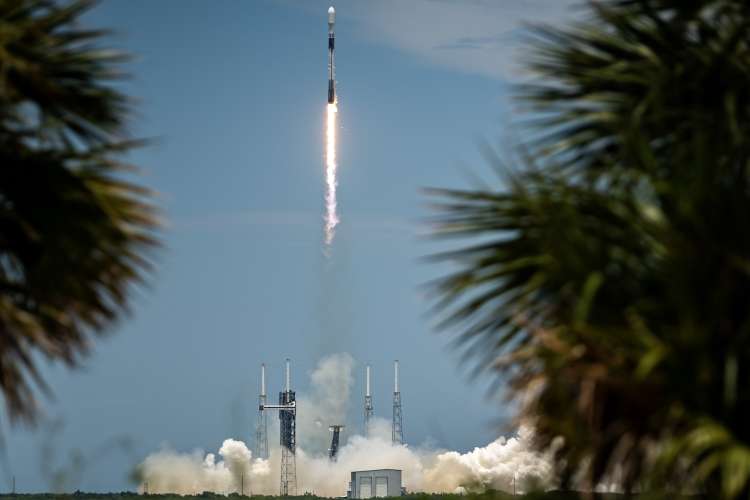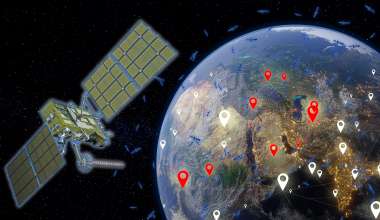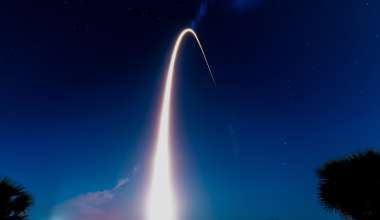The successful Falcon 9 launch of the eighth GPS III satellite May 30, 2025, marked another important step forward for the U.S. Space Force’s National Security Space Launch (NSSL) program and its efforts to deliver critical capabilities on accelerated timelines.
Launched from Cape Canaveral aboard the GPS III-7 mission, the GPS III Space Vehicle 08 (SV08) satellite joined the growing GPS III constellation, enhancing accuracy and anti-jamming capabilities, while also providing stronger signal integrity for military and civilian users worldwide.
The mission highlighted how the national security space enterprise is advancing more agile and responsive launch operations by establishing a new fastest timeline for NSSL, going from mission kickoff to payload deployment in just under three months, compared to the typical 24 months.
“The satellite and launch teams demonstrated outstanding agility, reflecting broader industry efforts to increase speed without compromising mission success,” said Randy Kendall, vice president of Launch, Missiles, and Mobility at Aerospace. “GPS III-7 illustrates the enterprise’s growing ability to deliver with both speed and agility. It’s a strong example of how government, industry and partners are adapting to meet the pace of modern mission needs and enable faster delivery of vital capabilities.”
Aerospace supported Space Systems Command (SSC) and Space Operations Command throughout the mission lifecycle—from launch vehicle certification and system integration to providing trusted, independent mission assurance on a tighter schedule.
“We’ve built on the success and lessons learned from the RRT-1 mission in December 2024 and continued to advance our capabilities with this second, even faster-paced GPS launch,” said Dr. Walt Lauderdale, chief of Falcon Systems and Operations, and mission director for this launch, in an SSC and SpOC press release. “Our teams were absolutely mission-focused and alongside our excellent launch service providers, we provide a very robust national launch capability. Both the launch and spacecraft personnel worked together at speed, showcasing the drive to achieve this schedule without compromising mission success. We’re proud of the team and everyone’s great work that resulted in the important capability we’ve put on orbit for the joint warfighter.”
As the Space Force seeks to leverage commercial innovation for rapid-response space capabilities, Aerospace has evolved its mission assurance approach to match. Aerospace partners closely with commercial launch providers and government customers to enable a new era of national security space access by streamlining the resolution of structural load challenges, enabling faster integration, agile manifesting and on-demand access to space.
“We’re shifting toward launch architectures that keep pace with the threat,” said Akhil Gujral, general manager for the Launch Systems Division. “This timeline would not have been possible without the forward-leaning implementation of Aerospace’s agile mission assurance techniques such as confidence-based mission assurance. We pushed the boundaries yet again staying mission focused without compromising mission success.”
By helping streamline readiness reviews, resolve risks earlier and validate performance across systems, Aerospace plays a key role in accelerating timelines while maintaining high reliability. The GPS III-7 mission demonstrated the NSSL program’s evolution toward faster, more resilience access to space—supporting the U.S. position, navigation and timing superiority in a contested space environment.
“Every mission like GPS III-7 moves us closer to a launch enterprise that’s built for speed, resilience and responsiveness,” Kendall said. “And that’s what the NSSL program is all about.”





